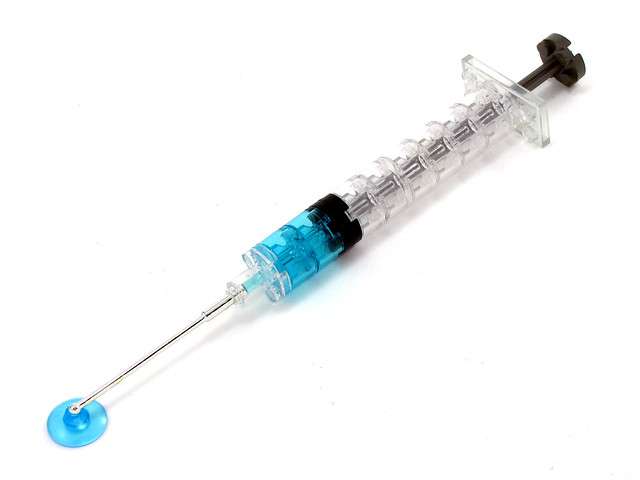The Value of Color in Pharmaceuticals
Until the mid-20th century, virtually all pill pharmaceuticals were white and all liquid pharmaceuticals were clear.1 But in 1975, the introduction of soft gel capsule technology made it possible to produce vibrantly colored medications for the first time and the idea took off. Today, pharmaceuticals, particularly liquid forms, come in an endless array of hues.
This emergence of pharmaceutical color isn’t just about arbitrary aesthetics. The color of medication matters and it matters in multiple ways:
Shaping Patient Perception
The color of medication can have a significant impact on the expectations consumers have regarding efficacy and performance. A 2015 study published in Food Quality and Preference found that white headache medications were perceived as the most effective by respondents, while light green medications were assumed to be the least effective. Respondents also reported that they perceived red and light red pills to be the most stimulating and they expected light blue pills to have the most pleasing taste. Some also reported that they expected red and blue pills to be harder to swallow than pills of other colors.2 As such, pharmaceutical companies are increasingly interested in creating medications that enhance consumer perception through the creative use of color.
Shaping Patient Experience
Not only does the color of medication affect people’s expectations, it also affects what they actually experience. As Jill Morton of Color Matters notes, “Patients respond best when color corresponds with the intended results of the medication.” For example, blue sleep medications help people achieve better quality sleep than medications of other colors, even if the ingredients are identical. Thoughtful selection of medication color as it relates to each specific medication is, therefore, paramount to optimize efficacy and create the best possible user experiences.
Promoting Adherence
Colors can act as visual shortcuts to identifying pharmaceuticals, helping people who have difficulties reading labels or who are dealing with multiple medications easily pick out a particular medication on sight. As the population ages and comes to depend on a growing number of daily medications, pharmaceutical companies are increasingly implementing color-coding strategies in both packaging and in the design of the drugs themselves to facilitate adherence and minimize medication errors. Researchers have also found that maintaining consistency between brand name and generic medications is critical to decreasing rates of discontinuation, putting new pressure on manufacturers of generic drugs to prioritize the aesthetics of their products.[3. If Color or Shape of Generic Pills Changes, Patients May Stop Taking Them,” July 14, 2014, https://www.washingtonpost.com/national/health-science/if-color-or-shape-changes-patients-more-likely-to-stop-taking-much-needed-drugs/2014/07/14/60e687f4-0b8c-11e4-8341-b8072b1e7348_story.html ]





